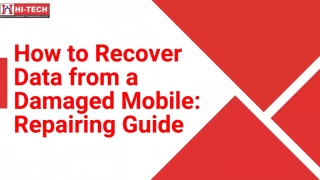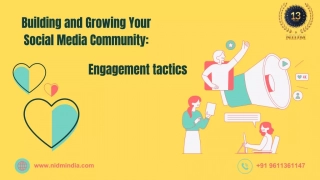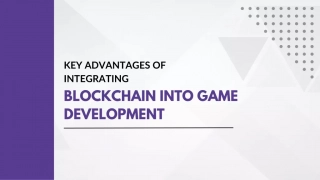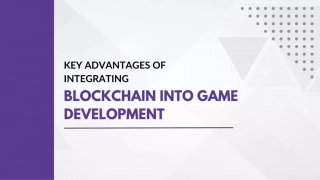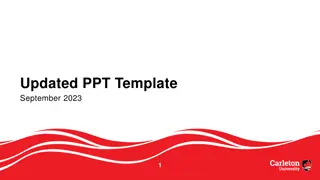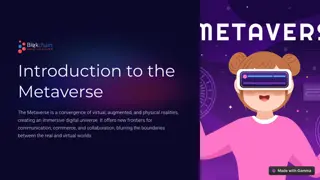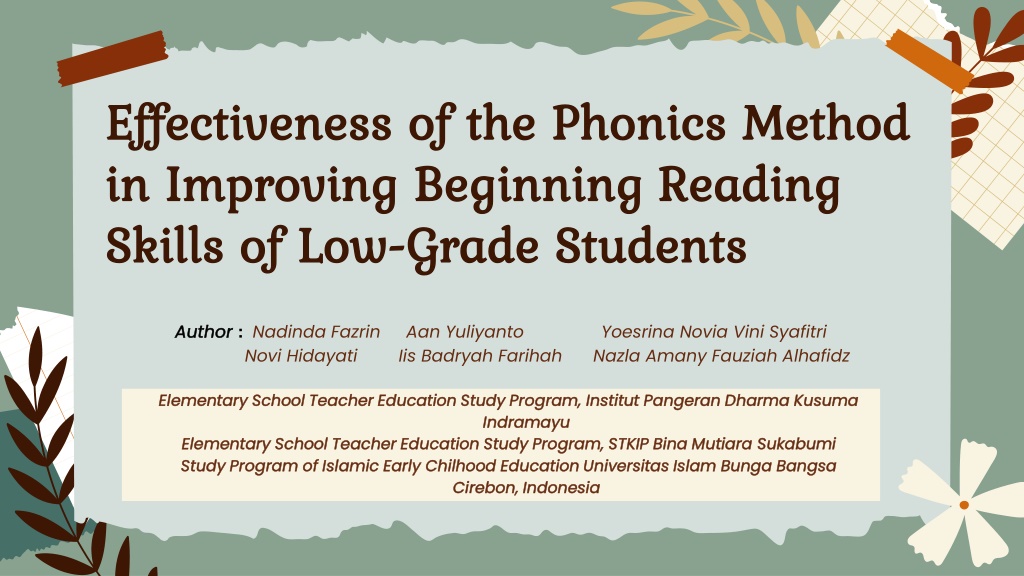
Improving Beginning Reading Skills: Phonics Method Effectiveness Study
Explore the effectiveness of the phonics method in enhancing early reading skills among low-grade students, emphasizing the crucial role of phonics in improving academic success. The study delves into challenges faced in early reading and proposes innovative teaching strategies to address them.
Download Presentation

Please find below an Image/Link to download the presentation.
The content on the website is provided AS IS for your information and personal use only. It may not be sold, licensed, or shared on other websites without obtaining consent from the author. Download presentation by click this link. If you encounter any issues during the download, it is possible that the publisher has removed the file from their server.
E N D
Presentation Transcript
Effectiveness of the Phonics Method Effectiveness of the Phonics Method in Improving Beginning Reading in Improving Beginning Reading Skills of Low Skills of Low- -Grade Students Grade Students Author Author : Nadinda Fazrin Aan Yuliyanto Novi Hidayati Yoesrina Novia Vini Syafitri Nazla Amany Fauziah Alhafidz Iis Badryah Farihah Elementary School Teacher Education Study Program, Elementary School Teacher Education Study Program, Institut Institut Pangeran Pangeran Dharma Kusuma Dharma Kusuma Indramayu Indramayu Elementary School Teacher Education Study Program, STKIP Bina Mutiara Elementary School Teacher Education Study Program, STKIP Bina Mutiara Sukabumi Study Program of Islamic Early Study Program of Islamic Early Chilhood Chilhood Education Universitas Islam Bunga Education Universitas Islam Bunga Bangsa Cirebon, Indonesia Cirebon, Indonesia Sukabumi Bangsa
Introduction Introduction Reading is a fundamental skill crucial for academic success, starting from early education. According to Smith (2020), 'strong reading skills at the beginning of education greatly determine academic success at a higher level.' However, many first-grade students struggle with basic reading tasks recognition, spelling, words, which slows development and learning outcomes." One practical approach to improving early reading skills is the phonics method, which connects letters with students in recognizing sound patterns in words (Murray, 2019). With the rapid development of literacy requirements in the 21st century, phonics has become even more relevant (Ehri, 2022). Yet, despite its success, early reading Indonesia often relies on rote memorization, which can be less effective in building sound-letter understanding Widyastuti, 2021). sounds, aiding like letter and their forming literacy future instruction in impacts (Sari &
Literature Review Literature Review Beginning Reading Skills in Lower Elementary Grades Early reading skills are vital for young learners, as they lay the groundwork for future academic success. For first-grade students, these skills include recognizing letters, connecting sounds with letters, and forming simple words (Nurani et al., 2021). According to Yuliana, students begin with vowel and consonant recognition before moving to word and sentence formation. Challenges faced by students in early reading include lack of pre- school letter recognition, less effective teaching methods, and diverse literacy backgrounds (Afifah & Untari, 2022). Addressing these challenges requires innovative teaching strategies tailored to the cognitive development level of students, especially those in the concrete operational stage as described by Piaget (1952).
Literature Review Literature Review Phonics Method The phonics method is widely researched and applied to enhance early literacy, emphasizing the relationship between letters and sounds. According to Adams (1990), the phonics approach involves teaching students to recognize and combine letter sounds to form words systematically. This method aids students in comprehending word structures, which is essential for reading fluency. Key steps of the phonics method include: Letter Sound Recognition: Introduces each letter sound individually. Sound Blending into Syllables: Teaches students to form syllables by combining sounds. Word Formation: Involves creating words from known syllables. Reading Simple Sentences: Combines learned words into sentences, building fluency."
Literature Review Literature Review Phonics in Practice In practical application, the phonics method can be enhanced with visual aids, interactive games, and technology to engage students and foster effective learning. According to Tiani et al. (2023), students exposed to the phonics method exhibit better reading improvements compared to those using conventional techniques. Beck (2024) supports the idea that systematic phonics fosters decoding abilities, crucial for early literacy development. In the Indonesian context, phonics requires adaptation to cultural and linguistic diversity, as noted by Abella Saragih (2020), who highlights the benefits of combining phonics with motivational techniques to support students struggling with reading.
Discussion Discussion The phonics method has proven effective in addressing early reading challenges. By systematically teaching the relationship between sounds and letters, phonics builds students' decoding skills, an essential component of literacy (Ehri, 2022). Murray (2019) also found phonics effective in improving fluency and comprehension. Implementing phonics in Indonesia faces challenges, such as limited teacher training and varying student backgrounds. However, with training and support, teachers can effectively incorporate phonics into their classrooms to enhance reading outcomes. This method also benefits cognitive and academic development, supporting skills beyond reading, such as critical thinking (Sari & Widyastuti, 2021).
Conclusion Conclusion The phonics method significantly improves key indicators of early reading, including phonological awareness, decoding ability, fluency, pronunciation, and word mastery. This method, when consistently applied, strengthens literacy foundations essential for future academic success. Practical recommendations include: - Teacher Training: Providing training for phonics instruction. - Parental Involvement: Engaging parents to support reading at home. - Technology Integration: Utilizing phonics apps to supplement learning." By integrating the phonics method, educators can better support first graders' reading development, equipping them with skills for lifelong learning and academic success.
THANK YOU THANK YOU FOR FOR LISTENING LISTENING




